30 Flavorful Northern European Breads Worth Tasting
Northern European breads represent a rich culinary tradition deeply rooted in cultural heritage and agricultural practices.
Bakers across this region have perfected techniques that transform simple ingredients into extraordinary creations.
Wheat, rye, and barley form the foundation of these hearty staples that nourish communities through harsh winters.
Regional variations showcase incredible diversity, reflecting local climates and agricultural traditions.
Each loaf tells a story of adaptation, survival, and community connection.
Families pass down recipes through generations, preserving techniques that honor ancestral knowledge.
Bread-making remains more than a cooking process - it's a profound cultural expression connecting people to their landscape and history.
Get ready to savor these 30 Great Northern European Breads:
Great Northern European Breads Fresh from the Oven
Bakery windows in Northern Europe showcase crusty, aromatic breads. Each loaf reflects the region’s long-standing traditions and love of baking.
Rugbrau
Rugbrau is a dense Icelandic bread with a distinctive dark brown color, traditionally steamed near geothermal geysers using rye flour.
Modern versions blend rye with other flour types, buttermilk, and molasses for a lighter texture.
Underground pit steaming techniques originated this unique bread preparation method in Iceland's rugged landscape.
Geothermal heat provided natural cooking temperatures for early bread makers.
Buttermilk and milk additions create a subtle sweetness in the bread's profile.
Versatile serving options include enjoying it with various spreads or transforming it into a nutritious porridge-like dessert.
Its rich historical roots connect directly to Iceland's volcanic terrain and resourceful culinary traditions.
Rye flour remains the fundamental ingredient that defines rugbrau's robust character.
Ruisreikaleipa
Ruisreikaleipa is a distinctive Finnish rye bread characterized by its unique circular shape with a central hole designed for hanging and drying.
Originating in Western Finland, this dense bread carries a complex sweet and sour flavor profile that perfectly complements traditional Finnish meals.
Bakers carefully craft the rustic loaf using rye flour, creating a robust texture that stands up to hearty spreads and accompaniments.
Nordic families traditionally suspended the bread on wooden poles near ovens, allowing it to mature and develop deeper flavors.
The bread's circular design served both practical storage purposes and facilitated air circulation during the drying process.
Each loaf represents a connection to Finland's rich agricultural heritage and bread-making traditions.
Generations have enjoyed ruisreikaleipa as a staple breakfast item or versatile snack.
Butter remains the most classic topping for this iconic Finnish bread.
Lefse
Lefse is a traditional Norwegian flatbread with potato-infused dough that resembles a giant tortilla, originating from the Telemark region.
Norwegian families historically crafted this versatile bread without potatoes until the crop arrived roughly 250 years ago.
Modern versions range from thin to thick and plain to sweet, offering diverse culinary experiences.
Norwegians typically prepare lefse by dipping it in water and rolling it with butter, cinnamon, and sugar.
Careful preparation involves precise cutting at an angle for optimal serving.
Nordic communities cherish this bread as a cultural staple during gatherings and celebrations.
Its simple ingredients and adaptable nature make lefse a beloved comfort food.
Generations have passed down recipes, maintaining the bread's authentic preparation techniques.
Honokaka
Honokaka is a Swedish flatbread renowned for its exceptional light and airy texture, closely resembling a delicate cake.
Crafted from a unique blend of milk, butter, white and rye flours, sea salt, yeast, and ljus sirap (light syrup), this traditional bread gains its signature fluffiness from hjorthornssalt, originally derived from deer antlers but now made with ammonium carbonate.
Bakers carefully allow the dough to rise, then knead and flatten it using a specialized kruskavel (knobbly rolling pin) that creates distinctive surface patterns.
Nordic families traditionally serve the warm honokaka with an array of accompaniments like creamy butter, sweet honey, tangy jams, sharp cheeses, or briny pickled herrings.
Gentle pricking of the dough ensures an even bake and contributes to its characteristic appearance.
Sweden's culinary heritage shines through this simple yet remarkable bread.
Rieska
Rieska are traditional Finnish flatbreads steeped in centuries of culinary heritage, embodying simplicity and regional diversity through minimal ingredients like flour, water, and salt.
Barley flour serves as the most common base, creating ohrarieska, though bakers skillfully craft variations using rye, oats, or mashed potatoes for unique textures and flavors.
Regional differences shape each bread's character, ranging from thin, crispy crackers to thick, dense rounds with distinctive local styles.
Finnish families pass down generations-old techniques for preparing these unleavened breads, maintaining cultural connections through their straightforward preparation.
Versatile and humble, rieska accompanies many meals and can be enjoyed fresh or stored for later consumption.
Bakeries and home kitchens across Finland continue crafting these traditional flatbreads using time-honored methods.
Regional ingredients and personal preferences influence each batch's distinct qualities.
Generations of Finnish bakers have perfected these simple yet meaningful breads that reflect Finland's agricultural traditions.
Nakkileipa
Nakkileipa is a traditional Finnish flatbread crafted from rye flour with a distinctive crispy texture that distinguishes it from other bread varieties.
German and Scandinavian bread-making influences shaped its original round design, which modern bakers now create in multiple shapes and sizes.
Rye flour provides a robust, earthy flavor that complements various spreads and toppings.
Factories now mass-produce this versatile bread, making it a convenient snack for quick meals.
Seed additions like sunflower or caraway enhance its nutritional profile and taste complexity.
Nordic baking traditions have preserved this bread's essential characteristics through generations.
Scandinavian immigrants likely introduced similar bread techniques to Finland centuries ago.
Bread makers continue to experiment with flour blends and ingredient combinations to keep this classic staple relevant in contemporary cuisine.
Limppu
Limppu is a traditional Finnish rye bread distinguished by its complex sourdough fermentation and unique preparation method originating in eastern Finland.
Bakers create this dense bread using whole rye flour, warm water, salt, and a special sourdough starter made from dried bread dough fragments or reserved dough from previous bakes.
Fermented overnight, the bread develops a strongly acidic flavor with subtle sweet nutty undertones.
Skilled bakers shape the soft, airy dough into a cone before flattening it into a round loaf.
Baking transforms the bread into a well-colored, hollow-sounding loaf with a soft interior crumb.
Finnish families have long treasured this bread as a staple of their traditional cuisine.
Generations have passed down techniques for creating its distinctive taste and texture.
Artisan bakers continue to maintain this authentic bread-making approach, preserving an important piece of Finnish culinary heritage.
Danish Rye Bread (Rugbrd)
Rugbrød dominates Danish cuisine as a dense, nutritious rye bread fundamental to traditional open sandwiches.
Dark brown and compact, this bread delivers maximum nutritional value with zero sugar or added oils.
Danish families bake or purchase this bread in multiple varieties including light, dark, sourdough, and coarse styles.
Whole grain rye flour creates its signature robust texture and deep earthy flavor.
Thin slices get generously buttered and topped with proteins like smoked fish, shrimp, boiled eggs, or liver pate.
Cucumber and mayonnaise frequently complement these toppings for added freshness.
Supermarkets across Denmark stock this bread as a staple everyday item, reflecting its cultural significance.
Flatkaka
Flatkaka are traditional Icelandic rye flatbreads known for their distinctive fork-prick surface and energy-dense profile.
Bakers create these unleavened breads by cooking them on hot surfaces like stones or electric plates until perfectly flat.
Historically important for travelers and hikers, flatkaka provide substantial nutrition in a compact form.
Inanimate yet versatile, these breads complement various toppings including smoked salmon, lamb, herring, and butter.
Quarter or half-cut portions make them easy to share and consume during outdoor adventures.
Rye flour gives flatkaka its characteristic dense texture and dark color.
Icelandic kitchens have prepared these breads for generations as a practical and filling staple.
Modern bakers continue this tradition by preparing flatkaka using both traditional and contemporary cooking methods.
Laufabrau
Laufabrauð are intricate Icelandic Christmas flatbreads originating in the 18th century, traditionally handcrafted with a delicate flour, butter, sugar, and milk dough enriched with caraway seeds.
Skilled bakers meticulously roll the thin dough into circular shapes and intricately decorate them with geometric leaf-like patterns using small pocket knives or brass irons.
Artisan bakers carefully fry these ornate breads until crisp and golden, creating a festive treat with deep cultural significance.
Icelanders serve laufabrauð alongside classic holiday dishes like smoked lamb, potatoes, peas, and cabbage.
Generations have passed down the bread-making technique, preserving a cherished Christmas tradition.
Families often gather to create these decorative breads together, sharing stories and maintaining cultural connections.
Each bread becomes a unique edible artwork, reflecting individual creativity and skill.
Saffransbullar
Saffransbullar are golden-hued Swedish buns bursting with warm saffron flavor and cultural significance.
Traditionally served during St.
Lucia Day celebrations, these aromatic pastries feature a rich yeasted dough infused with vibrant yellow saffron threads.
Swedish bakeries and home kitchens prepare these soft buns with carefully kneaded butter-enriched dough.
Raisins or almond paste frequently enhance the bread's sweetness and texture.
Lussekatt, the most recognized variation, symbolizes winter holiday traditions in Sweden.
Bakers shape the dough into distinctive spiral or S-shaped patterns that highlight their culinary craftsmanship.
Saffron's distinctive earthy and slightly sweet notes give these buns their signature golden color and complex taste.
Generations of Swedish families have enjoyed these comforting treats during cold winter months.
Kavring
Kavring is a deeply aromatic Swedish bread with Norwegian roots that transforms rye's traditional crispness into a tender, subtly sweet loaf.
Nordic bakers crafted this distinctive bread in the late 1800s using a unique blend of plain and rye flours, enhanced with dark treacle syrup and fragrant fennel and caraway seeds.
Scandinavian families serve kavring during festive celebrations like Midsommar, Easter, and Christmas, pairing it with classic accompaniments such as gravlax, pickled herring, and Christmas ham.
Bakers carefully mix salt, baking powder, and specific spices to create its signature dense yet soft texture.
Treacle syrup adds a gentle sweetness that balances the robust rye flavor.
Each slice carries centuries of culinary tradition.
Small details like precise seed measurements contribute to kavring's complex taste profile.
Finnish Barley Flatbread (Ohrarieska)
Ohrarieska stands as a hearty Scandinavian flatbread originating from Nordic regions, crafted traditionally from barley flour with a distinctive circular shape and dense composition.
Scandinavian farmers developed this unleavened bread as a practical staple during challenging agricultural seasons.
Buttermilk serves as the primary liquid ingredient, binding the coarse barley flour into a compact dough.
Salt provides minimal seasoning, ensuring the bread maintains its rustic simplicity.
Bakers typically cook the flatbread on a griddle or hot stone, creating a slightly crisp exterior.
Scandinavian families often serve ohrarieska alongside soups, stews, or as a simple accompaniment to meals.
Rural communities historically relied on this nutritious bread as a fundamental source of sustenance during long winter months.
Lompe
Lompe are Norwegian potato flatbreads that serve as popular street food wrappings for hot dogs, offering a unique culinary experience with their soft, thin texture and simple potato-based ingredients.
Traditional Norwegian bakers craft these small discs using mashed potatoes, flour, and salt, creating a versatile bread that perfectly complements grilled sausages.
Norwegian cuisine celebrates lompe as a quick, portable meal enjoyed throughout the country's regions.
Street vendors and home cooks frequently grill these flatbreads until they develop light brown spots, enhancing their rustic flavor.
Families often prepare lompe during casual gatherings and outdoor events, making them a staple of informal Norwegian dining.
Nordic food traditions have preserved this humble yet delicious flatbread for generations.
Tunnbrod
Tunnbrod represents a versatile Swedish flatbread historically crafted from necessity to preserve grain during harsh Nordic winters.
Bakers developed multiple variations using wheat, barley, rye, and seeds to create diverse textures and flavors.
Swedish families traditionally serve this bread with butter, cheese, or as a base for open-faced sandwiches.
Regional techniques differ across Sweden, with some areas preferring softer versions while others create crispier renditions.
Generations have passed down recipes, ensuring this staple remains an integral part of Nordic cuisine.
Bakeries and home kitchens continue producing tunnbrod using time-honored methods.
Nutritious and adaptable, this bread connects modern Swedes with their agricultural heritage.
Knackebrod
Knackebrod are traditional Swedish crisp crackers made primarily from rye flour, originating during a challenging historical period around 500 years ago when bread was considered a rare luxury.
Thin and crunchy, these versatile crackers differ from typical bread through their distinctive texture and long-lasting freshness.
Swedish bakers originally developed this bread using minimal water to ensure extended preservation and easy storage.
Modern versions incorporate various seeds like sesame, sunflower, pumpkin, and flax to enhance flavor and nutritional value.
Factory production now dominates knackebrod manufacturing, though homemade recipes remain simple and accessible.
Seeds and rye flour create a nutritious base for these lightweight, crisp crackers.
Traditionally served as a staple food, knackebrod continues to be popular across Sweden and beyond.
Versatile consumption options include serving with spreads, alongside soups, or as a standalone snack.
Finnish Potato Flatbread (Perunarieska)
Karjalanpiirakka are traditional Finnish rice-filled pastries originating from the Karelia region, renowned for their delicate rye crust and warm, creamy rice filling.
Finnish families traditionally prepare these rustic hand pies with a tender rye and wheat flour dough that wraps around a smooth rice porridge center.
Grandmothers often create distinctive decorative edges by pinching the pastry's sides, giving each pie a unique handmade appearance.
Bakers typically serve these savory pastries warm with munavoi, a classic Finnish spread made by mixing softened butter and hard-boiled egg.
These small pastries connect generations through shared culinary traditions and simple, comforting ingredients.
Flatbrd
Flatbrd is a crisp, ultra-thin unleavened bread from Nordic regions that delivers maximum flavor with minimal ingredients.
Scandinavian bakers craft this traditional bread using simple components like barley flour, salt, and water or occasionally sour milk.
Versatile flatbrd complements numerous dishes, serving as an ideal accompaniment to soups, stews, fish, and meat preparations.
Skilled bakers roll the dough paper-thin and cook it quickly in a pan until achieving a hard, crunchy texture.
You can top this bread with diverse ingredients ranging from strawberry jam to smoked salmon.
Soft cheese and double cream enhance its rustic appeal.
Nordic families have enjoyed this bread for generations as a simple yet satisfying staple.
Korppu
Korppu are traditional Finnish twice-baked bread slices known for their crispy texture and versatile flavor profiles.
Finnish bakers transform sweet pullabread or regular bread rolls into thin, crunchy bites that crackle with every bite.
These rusks get coated in cinnamon sugar for sweet versions or remain plain for savory applications.
Korppu originated as a practical way to extend bread's shelf life in Nordic kitchens with limited resources.
Scandinavian families often enjoy these rusks dunked in coffee or milk during morning and afternoon breaks.
Bakeries across Finland produce korppu using generations-old techniques that ensure consistent quality and taste.
Germans and Scandinavian countries have similar rusk traditions that share korppu's crisp characteristics.
Small regional variations exist in preparation methods, but the core technique remains consistent across different Finnish communities.
Kneipp Bread (Kneippbrd)
Kneippbrd represents a hearty Norwegian whole grain bread pioneered by Sebastian Kneipp, a Bavarian priest who championed using complete wheat kernels including shell, germ, and interior.
German and Norwegian bakers crafted this nutritious bread as a healthy alternative to refined white bread.
Whole wheat flour forms its dense, robust base with a rich nutty flavor and substantial texture.
Bakers typically incorporate multiple grains to enhance nutritional value and complexity.
Seeds like sunflower or flax often provide additional crunch and health benefits.
Low in processed ingredients, this bread supports digestive wellness and sustained energy.
Kneipp's philosophy emphasized natural nutrition and holistic health principles through simple, unrefined ingredients.
Scandinavian households continue preparing this traditional bread as a staple breakfast and sandwich foundation.
Cricket Bread (Sirkkaleipa)
Sirkkaleipa represents a groundbreaking Finnish bread innovation that integrates protein-rich dried house crickets directly into its wheat flour dough.
Fazer, Finland's prominent food manufacturer, crafts this unique bread by grinding approximately 70 crickets into a fine powder before blending them seamlessly with traditional flour.
Cricket-based bread provides exceptional nutritional benefits, delivering high protein content and sustainable food production methods.
Finnish bakers have pioneered this experimental bread as an alternative protein source that challenges conventional baking ingredients.
Experimental food scientists view cricket flour as an eco-friendly protein alternative with minimal environmental impact.
Nutritionists highlight the bread's complete protein profile and low carbon footprint.
Consumers interested in sustainable eating find sirkkaleipa an intriguing culinary adventure.
Adventurous eaters appreciate this innovative bread as a potential solution to global protein challenges.
Paltbrod
Paltbrod is a distinctive Swedish flatbread enriched with animal blood, creating a nutrient-dense bread high in iron that historically served as a nutritional staple for growing children.
Nordic bakers traditionally prepare this rustic bread using rye flour mixed with fresh blood, typically from pigs or cows, which gives the bread its unique dark color and robust flavor profile.
Swedish schools frequently include paltbrod in lunch menus to boost students' nutritional intake, recognizing its significant iron content.
Rural communities in northern Sweden developed this bread as an economical way to use every part of slaughtered animals.
Families would often make paltbrod during winter months when preserved ingredients were crucial for survival.
Nordic baking traditions transformed simple ingredients into nourishing meals that sustained communities through harsh climates.
Generations of Swedes have maintained this bread-making technique as a connection to their agricultural heritage.
Mjukkaka
Mjukkaka represents a traditional Swedish flatbread characterized by distinctive fork prick marks that prevent the dough from rising during baking.
Swedish families prepare this round bread approximately the size of a dinner plate using simple ingredients like flour, yeast, sugar, water, salt, and oil.
Brick ovens traditionally create the perfect golden-brown surface of this classic bread.
Generations have enjoyed mjukkaka as a staple accompaniment to meals throughout Sweden.
Rural communities particularly treasure this straightforward yet satisfying bread recipe.
Bakers carefully poke holes across the surface with a fork before placing the dough into hot ovens.
Swedish bakeries and home kitchens continue to maintain this beloved bread-making tradition.
Gahkku
Gahkku represents a traditional Sami flatbread deeply rooted in northern Scandinavian culinary heritage, crafted from simple ingredients like flour, salt, and liquid.
Nordic herders and travelers traditionally prepared this compact, chewy bread as a portable, nutritious meal during long journeys across Arctic landscapes.
Generations of Sami families have baked gahkku using minimal ingredients including flour, water, and sometimes milk or yeast.
Modern versions often incorporate light sugar beet syrup (ljus sirap) and small amounts of oil or butter for enhanced flavor and texture.
Bakers typically create the bread by mixing ingredients into a dense dough and cooking it on hot surfaces like stones or griddles.
Small and round, gahkku serves as a practical sustenance bread with a slightly dense consistency.
Sami communities continue to preserve this bread as a connection to their ancestral food traditions.
Ruisrieska
Ruisrieska embodies Finnish bread culture with its dense, rustic rye flatbread perfected through generations of Nordic baking traditions.
Rural Finnish communities developed this simple yet nutritious bread as a staple sustenance for hard-working farmers.
Rye flour provides the bread's distinctive dark color and earthy flavor profile.
Yogurt creates a smooth, tangy texture while molasses or honey adds subtle sweetness to the mixture.
Baking powder helps the flatbread rise slightly and create a more tender crumb.
Salt enhances the overall taste and balances the bread's complex ingredients.
Home bakers mix rye flour, yogurt, sweetener, baking powder, and salt into a quick dough.
Traditional ruisrieska serves as a versatile accompaniment to soups, stews, and cold cuts in Finnish cuisine.
Sunnmrsbrd
Sunnmrsbrd emerges as a rustic Norwegian bread showcasing the rich agricultural heritage of Mre og Romsdal's Sunnmre district.
Regional bakers craft this specialty using a complex flour blend including rye, whole wheat, oats, and all-purpose varieties.
Maple syrup and sugar provide subtle sweetness to the dense loaf's unique flavor profile.
Wheat and rye grains contribute robust texture and earthy undertones to each slice.
Water and yeast help bind the ingredients into a cohesive dough with substantial body.
Bakers carefully mix oil and salt to enhance the bread's overall taste and consistency.
Nordic families typically enjoy this bread as a hearty accompaniment to meals or as a standalone snack.
Skedvi Brod
Skedvi Brod exemplifies Sweden's rustic bread-making heritage, featuring a crispy rye flatbread from Dalarna with distinctive griddle-baked characteristics.
Crafted from whole grain rye flour, this traditional bread boasts a unique texture achieved through specialized rolling pins with deep grooves.
Bakers carefully roll the dough extremely thin before cooking it on a griddle, creating a signature crispness that sets it apart from other breads.
Swedish families have long valued this bread as a staple accompaniment to meals and snacks.
Generations have passed down the precise techniques for creating its perfectly even surface and satisfying crunch.
Regional baking methods ensure each piece maintains consistent quality and authentic flavor.
Nutritionally dense due to whole grain rye, Skedvi Brod offers a hearty and wholesome eating experience.
Historical records suggest this bread has been part of Dalarna's culinary tradition for centuries, reflecting the area's agricultural roots and resourceful cooking approach.
Bergen Pretzel Bread (Vannkringler)
Vannkringler are traditional Norwegian pretzel-shaped bread rolls originating from Bergen with a distinctive curved shape and rich buttery flavor.
Bakers create these unique pastries by dissolving yeast in lukewarm milk and carefully mixing it with melted butter, flour, and salt to form a smooth dough.
Norwegian bakeries typically knead the mixture until it reaches a firm, elastic consistency before shaping the bread into classic curved rings.
Skilled bakers often brush the surface with egg wash to create a golden, glossy finish.
These bread rolls emerge from ovens with a crisp exterior and soft inner texture that pairs perfectly with coffee or breakfast spreads.
Regional Bergen traditions have preserved this bread's authentic preparation methods for generations.
Families frequently enjoy vannkringler as a morning treat or afternoon snack.
Wheat flour and fresh dairy ingredients contribute to the bread's signature rich and comforting taste.
Krotekake
Krotekake is a traditional Norwegian flatbread from Hardanger distinguished by its intricate cross-hatch pattern created during rolling and baking.
Norwegian families craft this bread using whole wheat flour, yeast, and water, transforming simple ingredients into a communal culinary experience.
Guests and children often help create the distinctive decorative design using a specialized grooved rolling pin.
Bakers roll the dough into smooth rounds before placing them on a flat grill.
Skilled hands carefully stack and dry the bread after baking.
Family gatherings become festive when preparing krotekake together.
Traditional techniques pass from one generation to another through this interactive bread-making process.
Each cross-hatched flatbread represents a connection to Norwegian cultural heritage.
Upplandskubb
Upplandskubbis is a distinctive Swedish bread uniquely crafted through boiling instead of traditional baking methods, creating a dense, soft loaf without a crust.
Originating in Uppland region, this bread combines rye and wheat flours in a special cylindrical mould submerged in boiling water for several hours.
Local bakers carefully prepare the dough using specific regional ingredients and traditional techniques passed down through generations.
Swedish culinary traditions deeply respect this bread's unique preparation process that distinguishes it from standard bread-making approaches.
Boiling transforms the bread's texture, resulting in a compact, moist interior with no crispy exterior.
Regional farmers and bread makers take pride in maintaining this centuries-old bread-making technique.
Production requires precise temperature control and specific moulding methods to achieve the characteristic dense consistency.
Upplandskubbis represents a fascinating example of regional Swedish bread craftsmanship that preserves traditional cooking methods.
How Is Northern European Bread Different from Southern European Varieties?
Bread across Europe reflects regional climates, cultures, and agricultural practices, leading to notable differences between Northern and Southern European breads:
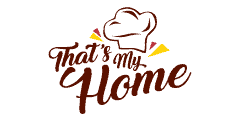
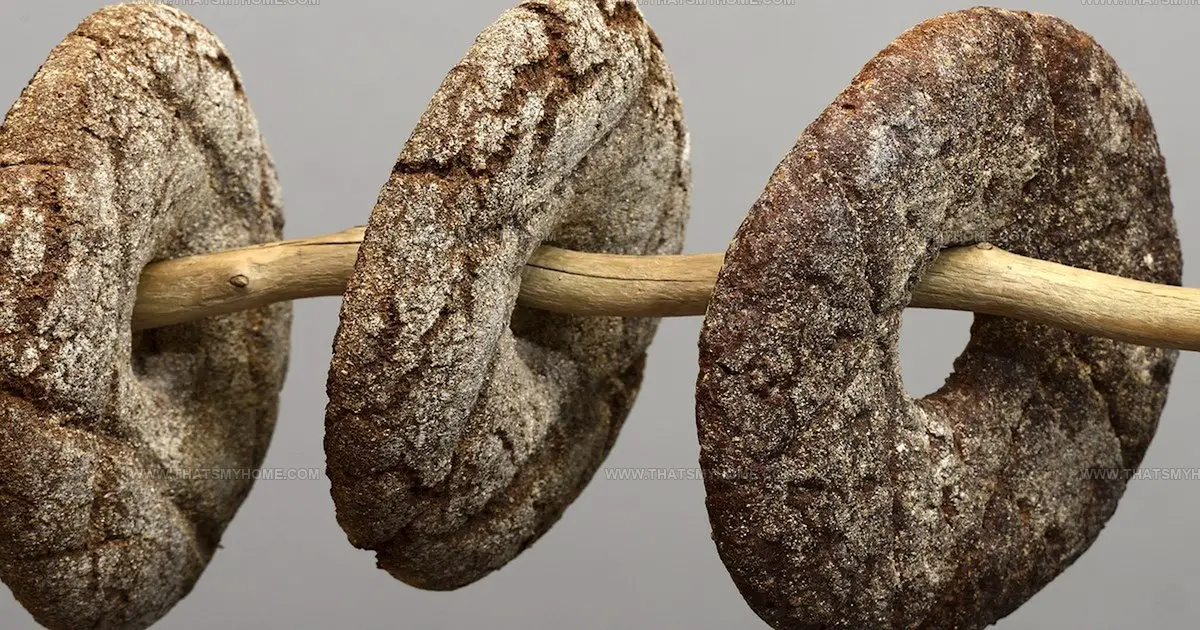
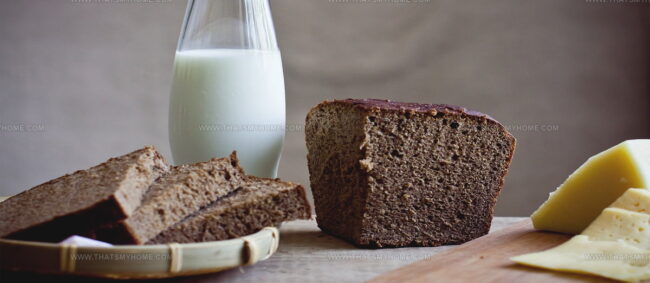
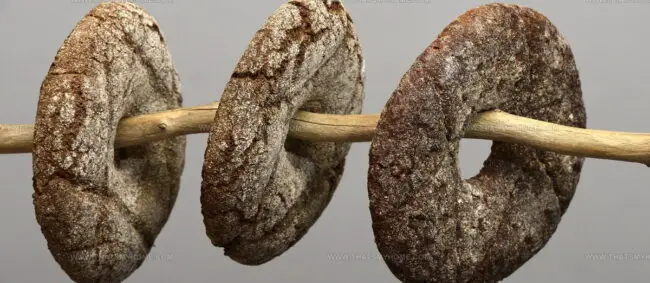
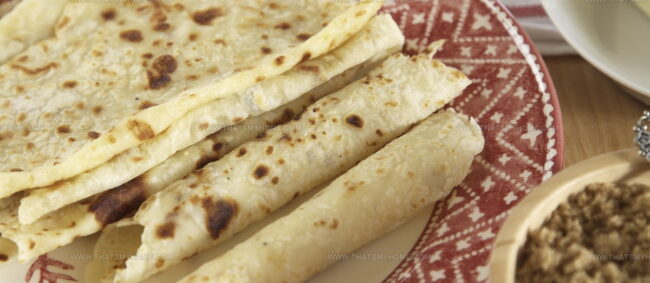
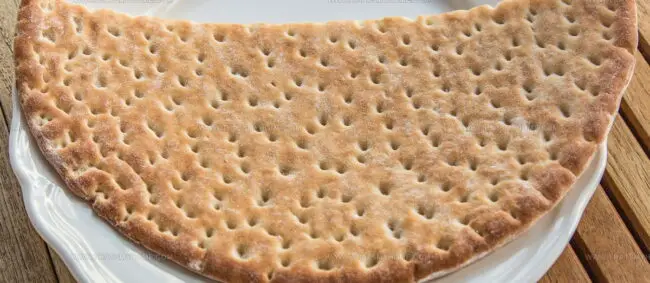
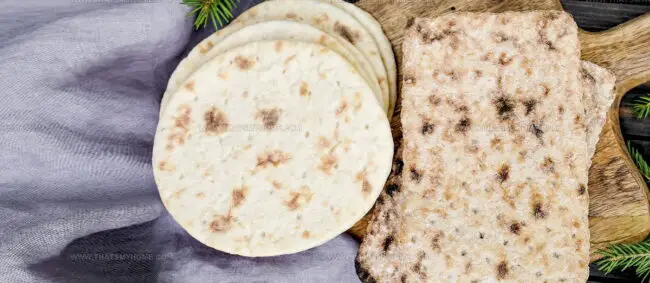
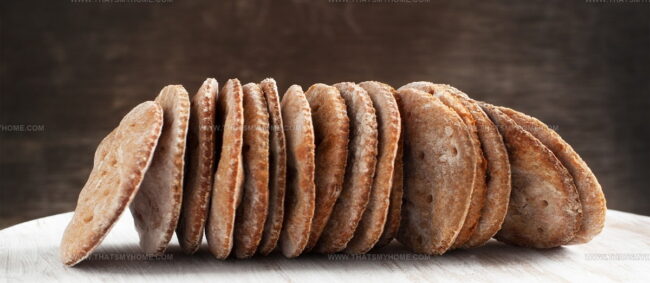
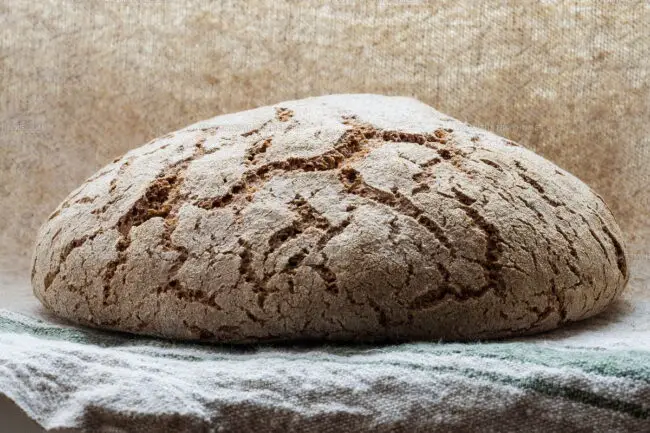
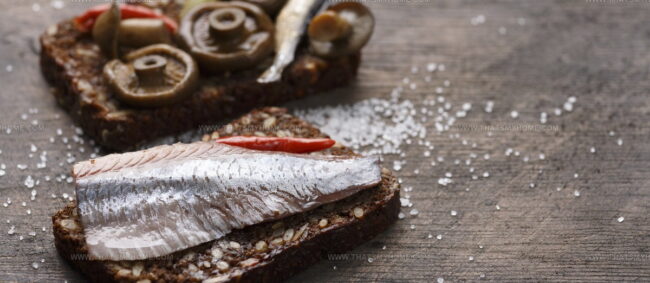
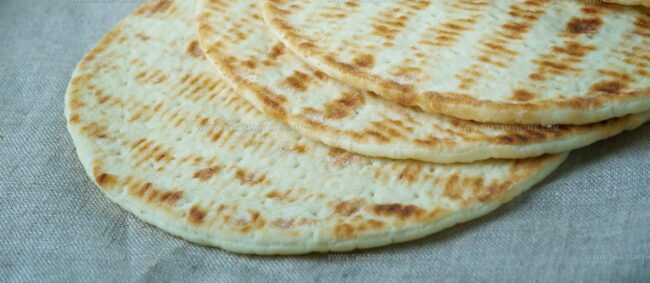
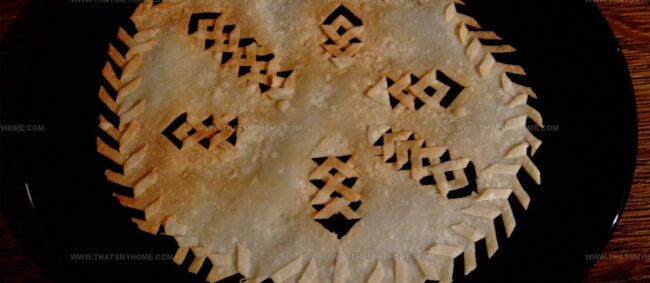
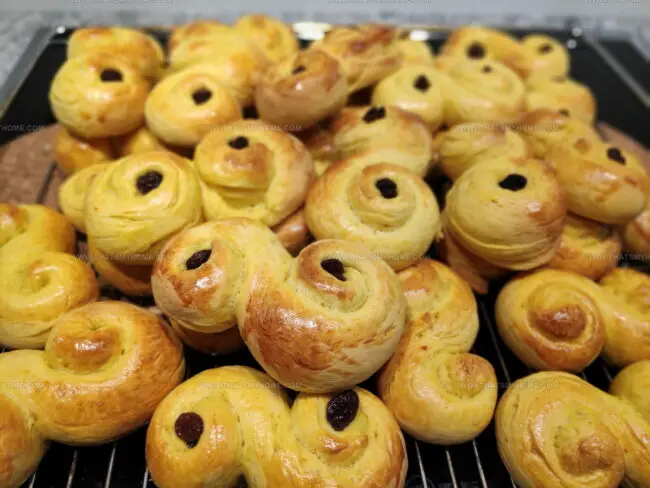
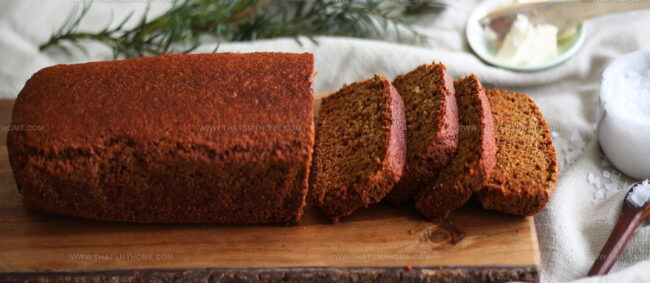
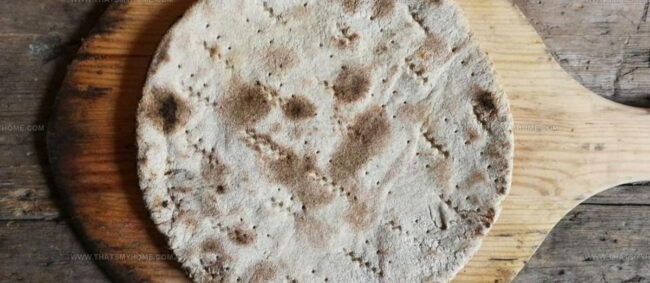
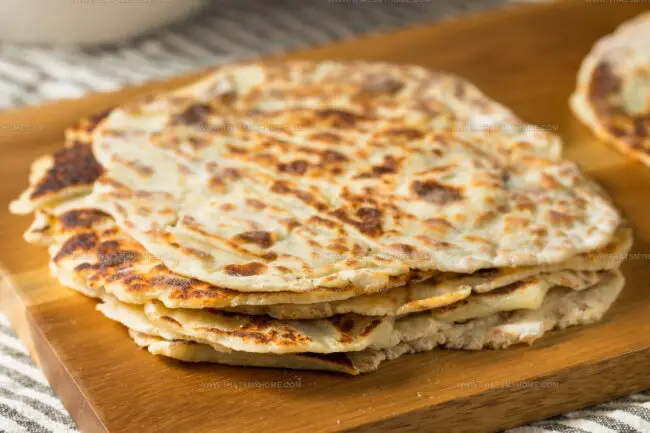
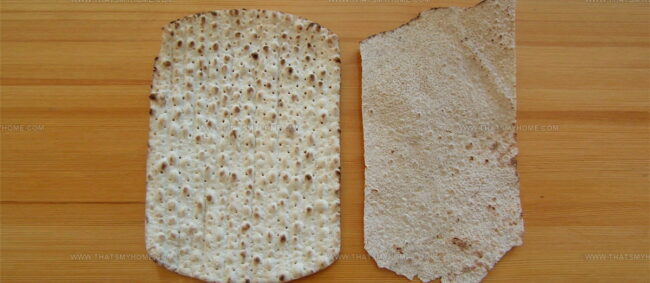
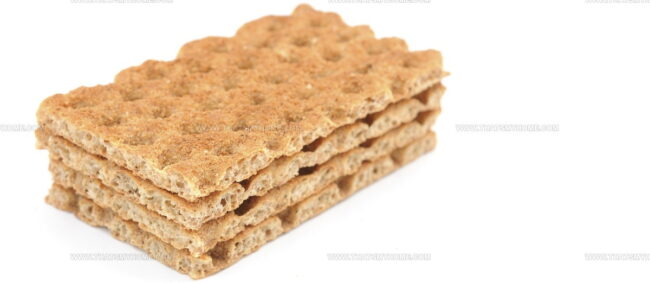
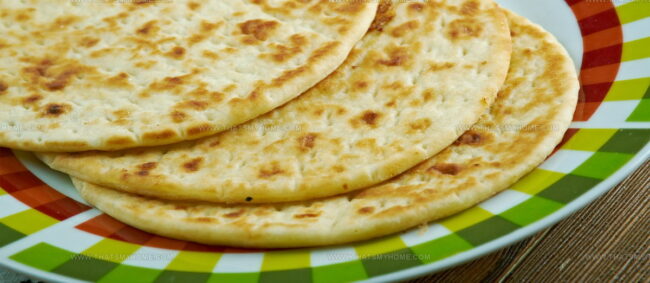
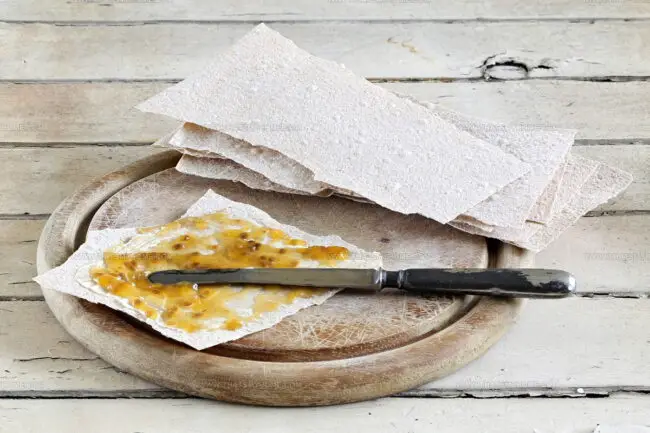
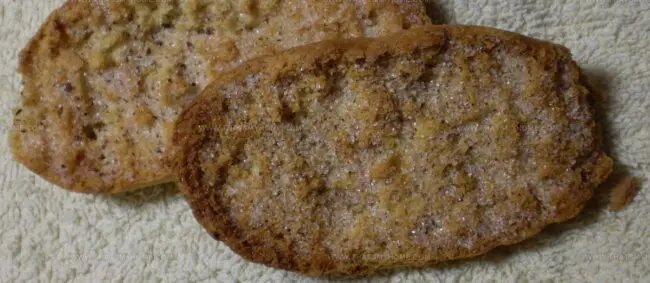
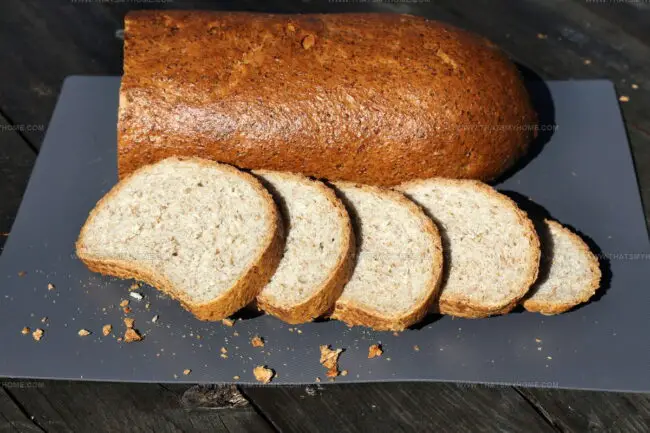
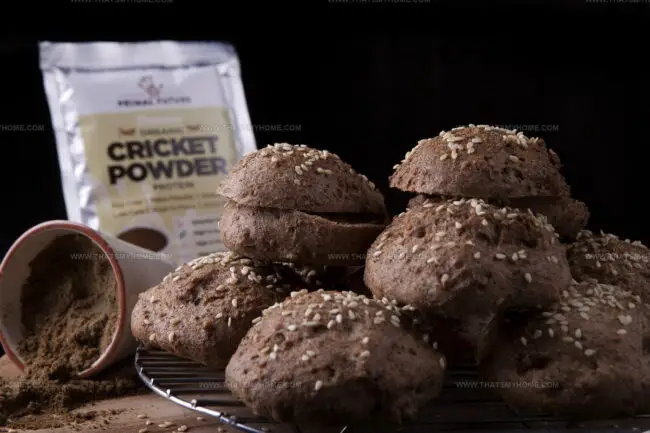
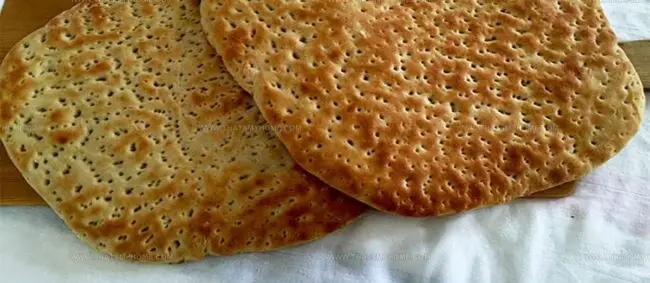
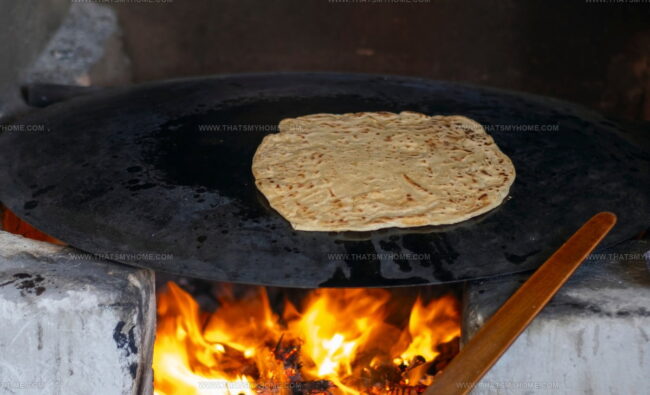
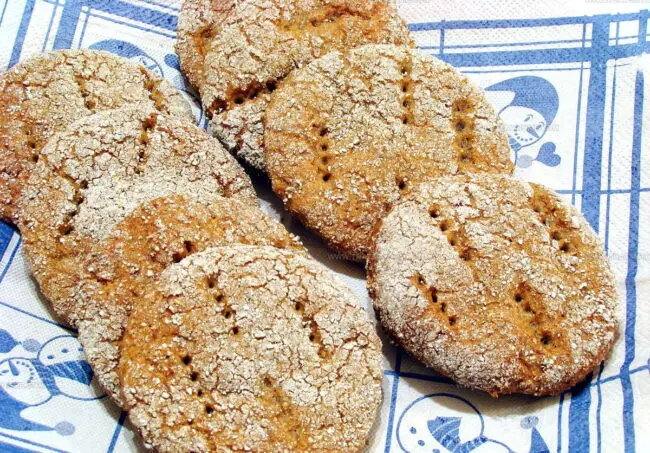
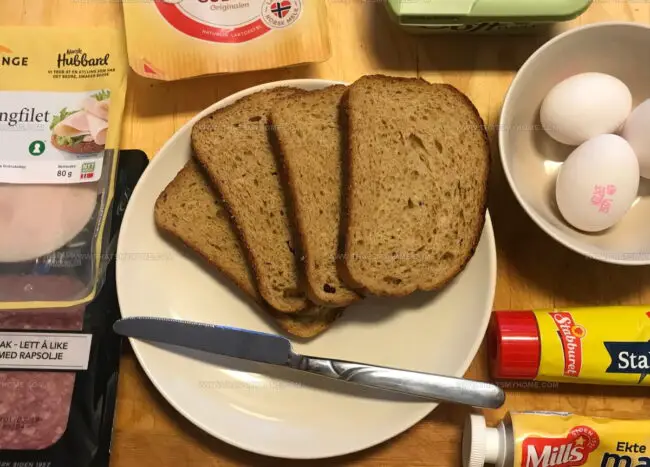
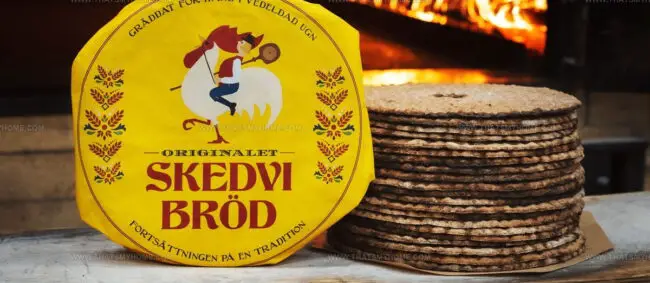
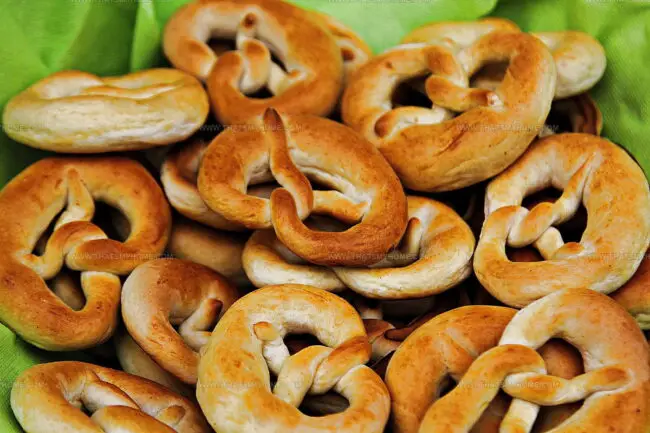
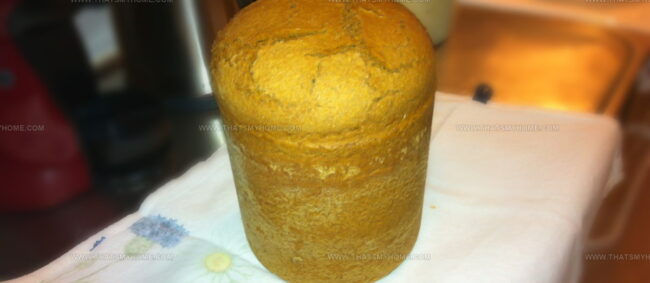
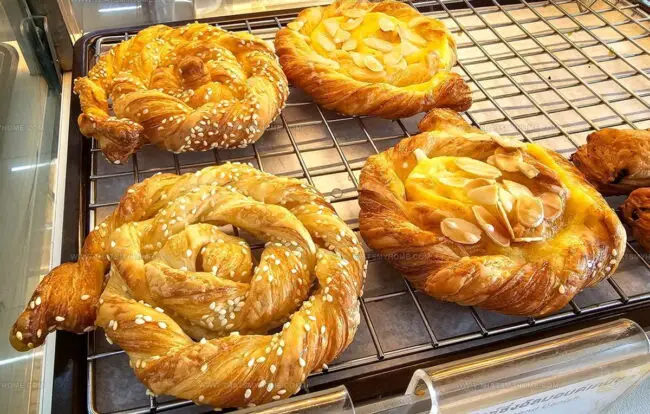
Mary Ellen
Founder, Pastry Chef & Recipe Developer
Expertise
Education
Savannah Technical College
Mary Ellen is the heart and soul of thatsmyhome.com. As the founder, pastry chef, and recipe developer, she refined her skills at Savannah Technical College with an Associate of Applied Science in Culinary Baking & Pastry Arts.
Mary blends classic techniques with modern twists to make artisanal breads, beautifully crafted pastries, and desserts full of unique flavor. Her passion is evident in every recipe, and she enjoys sharing her expertise through hands-on pastry workshops and insightful articles in local culinary magazines.